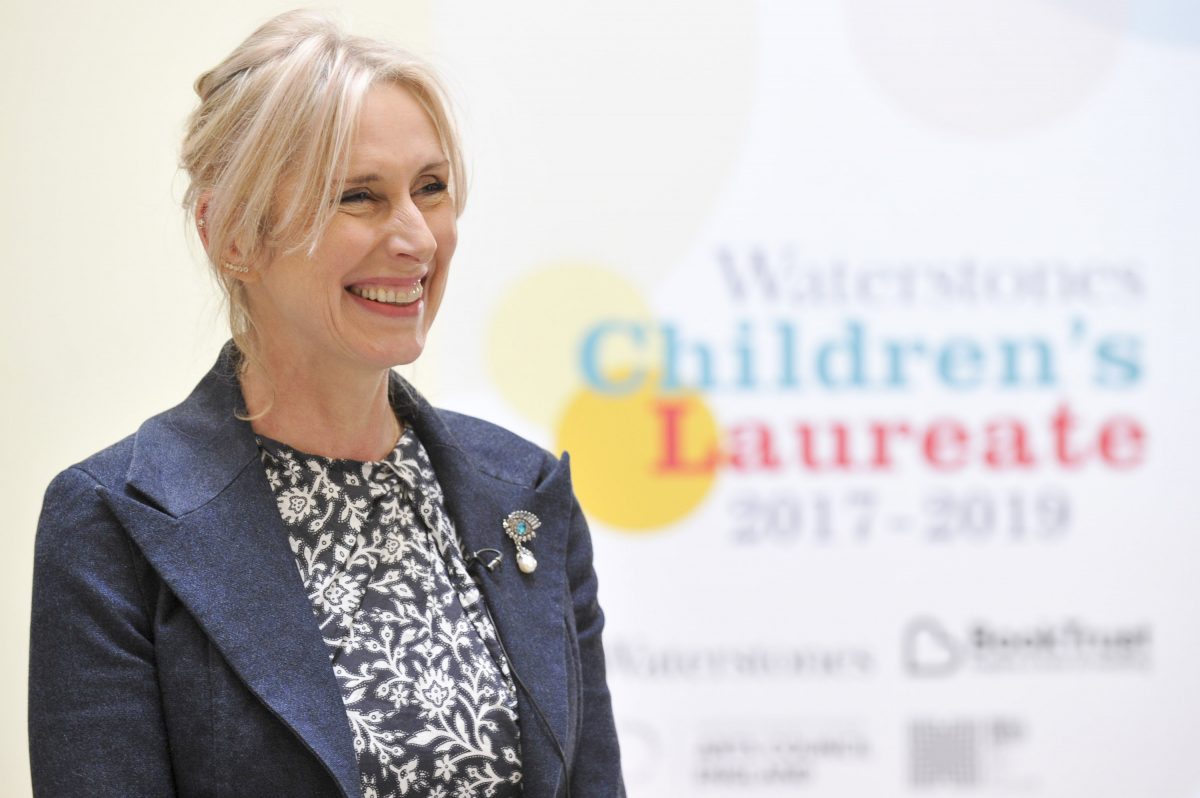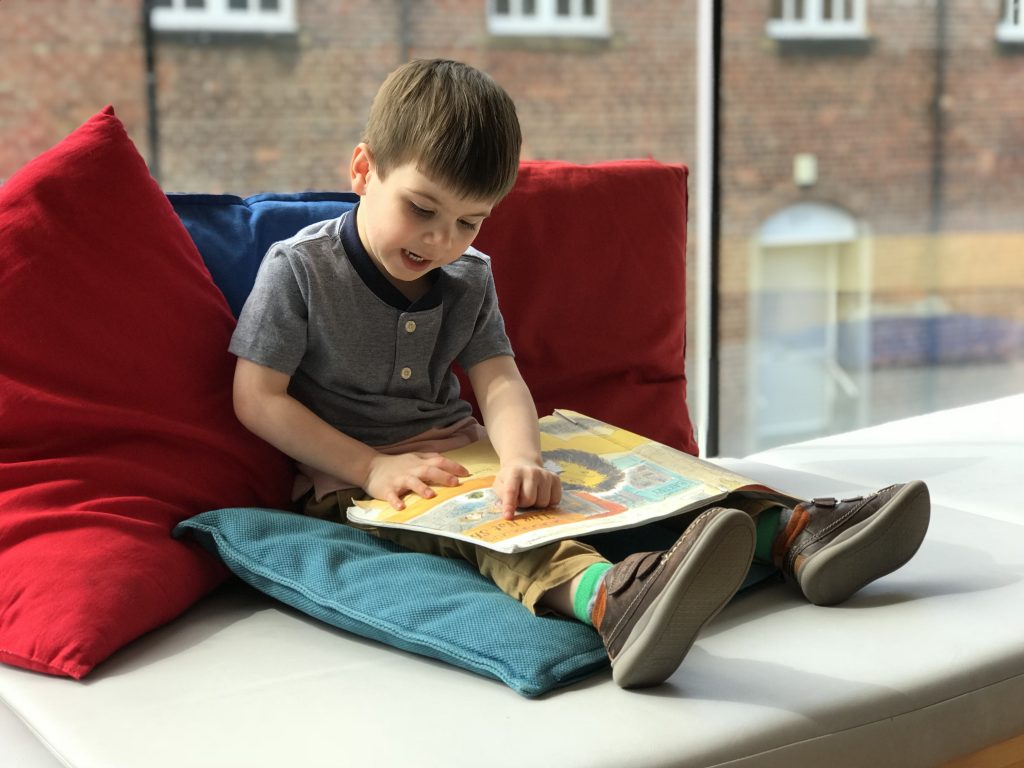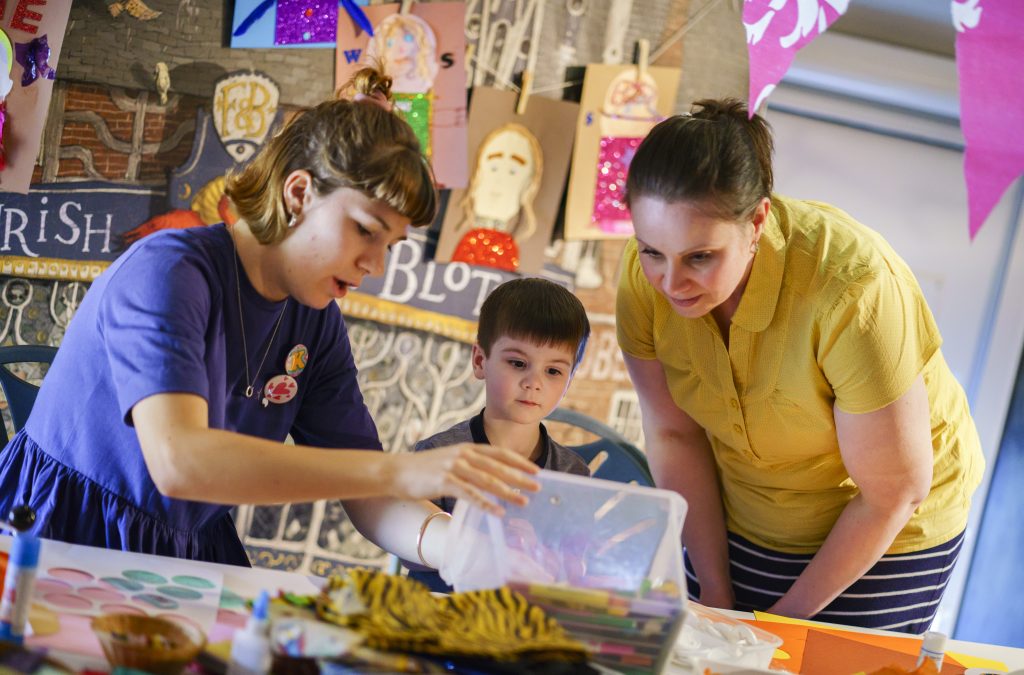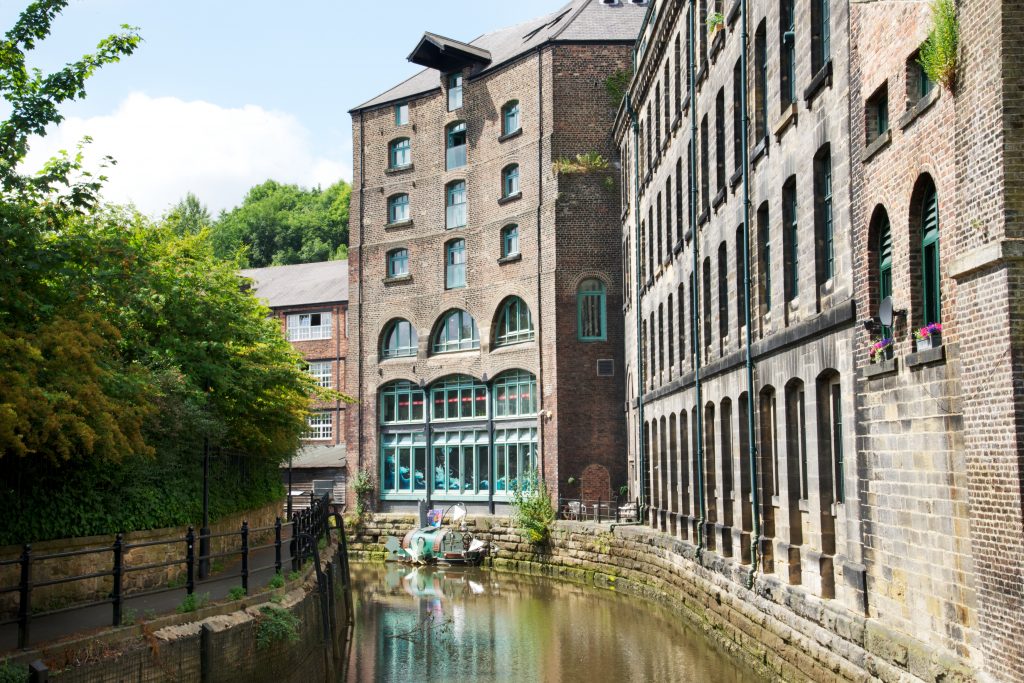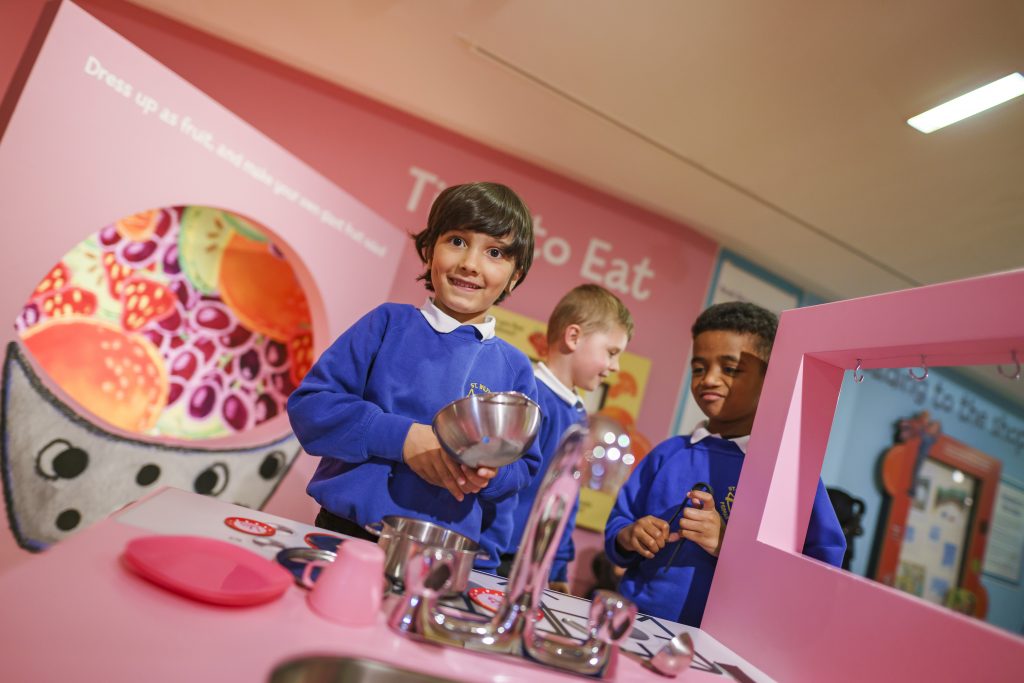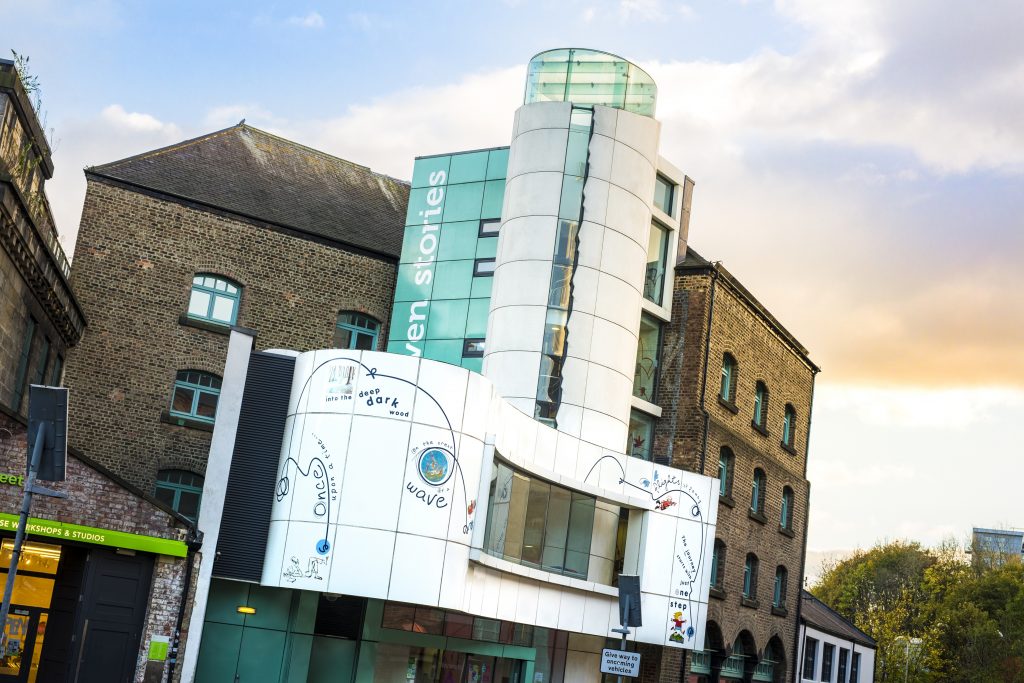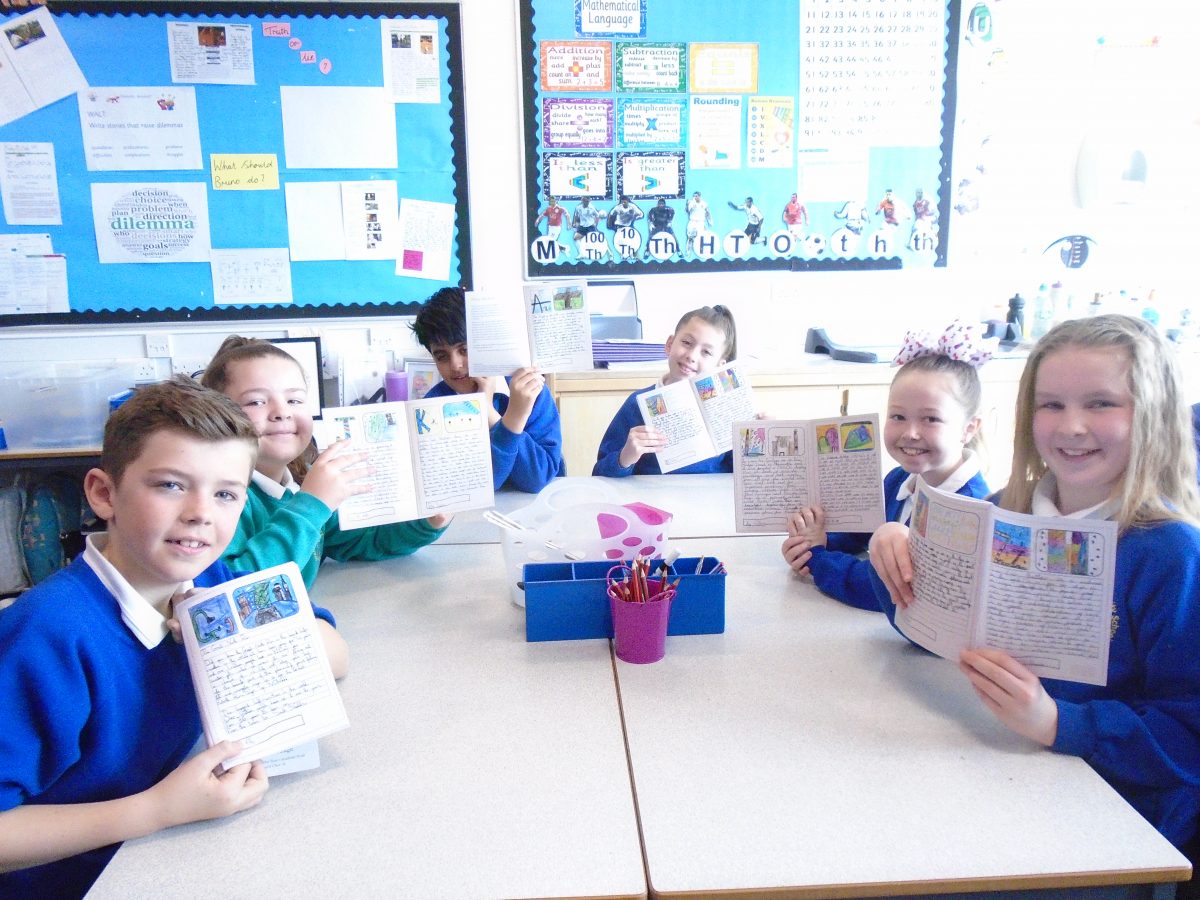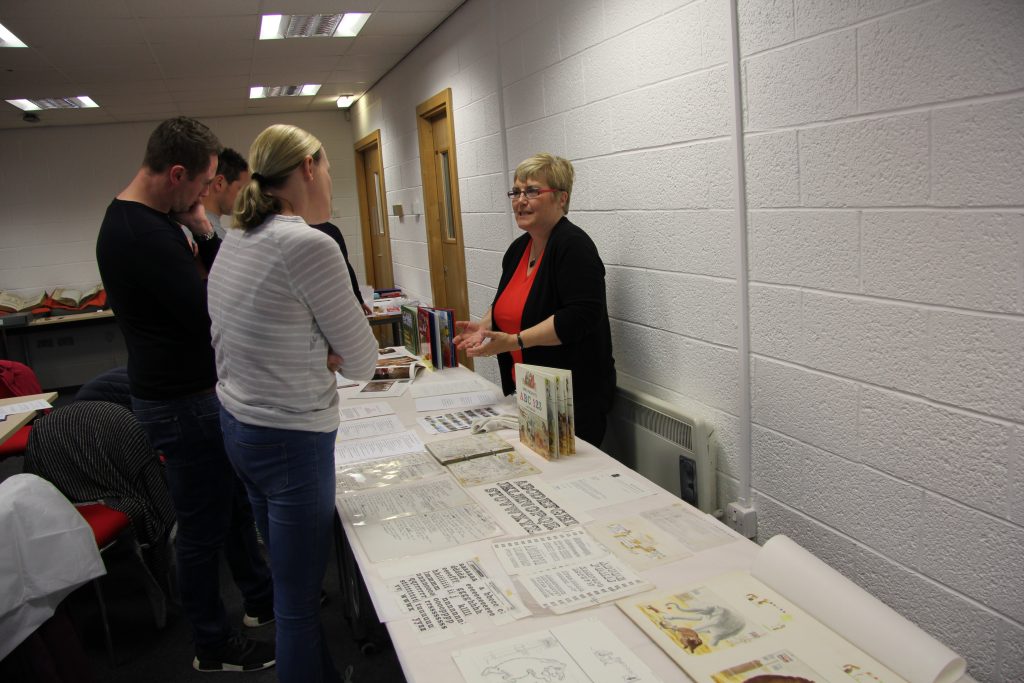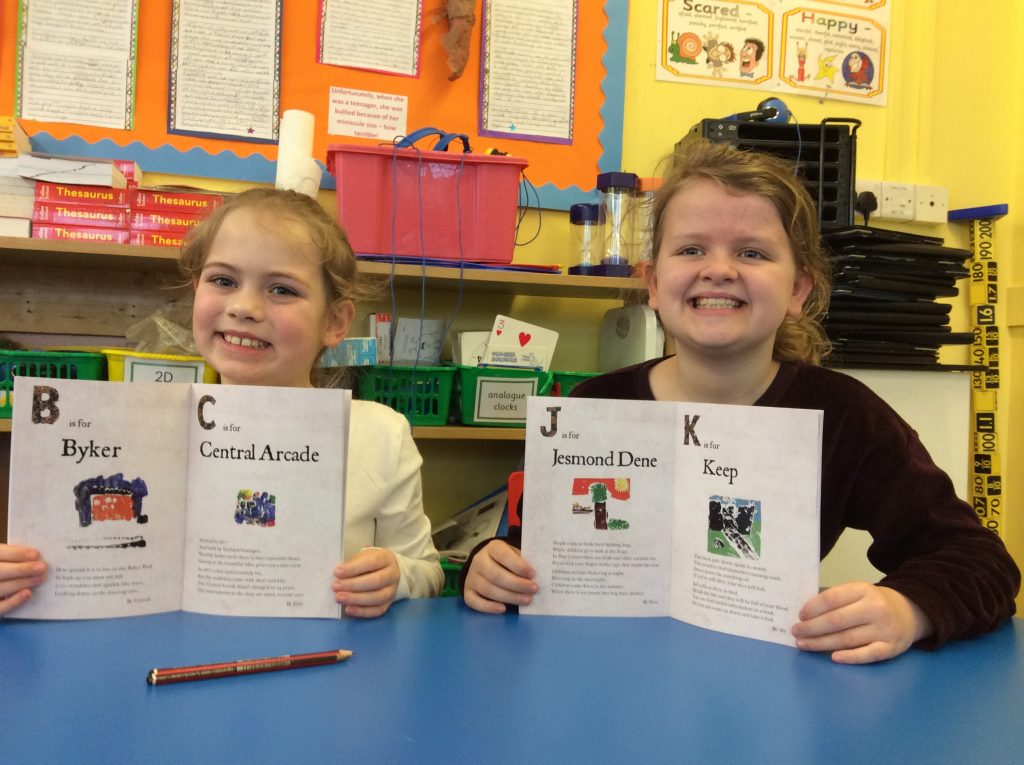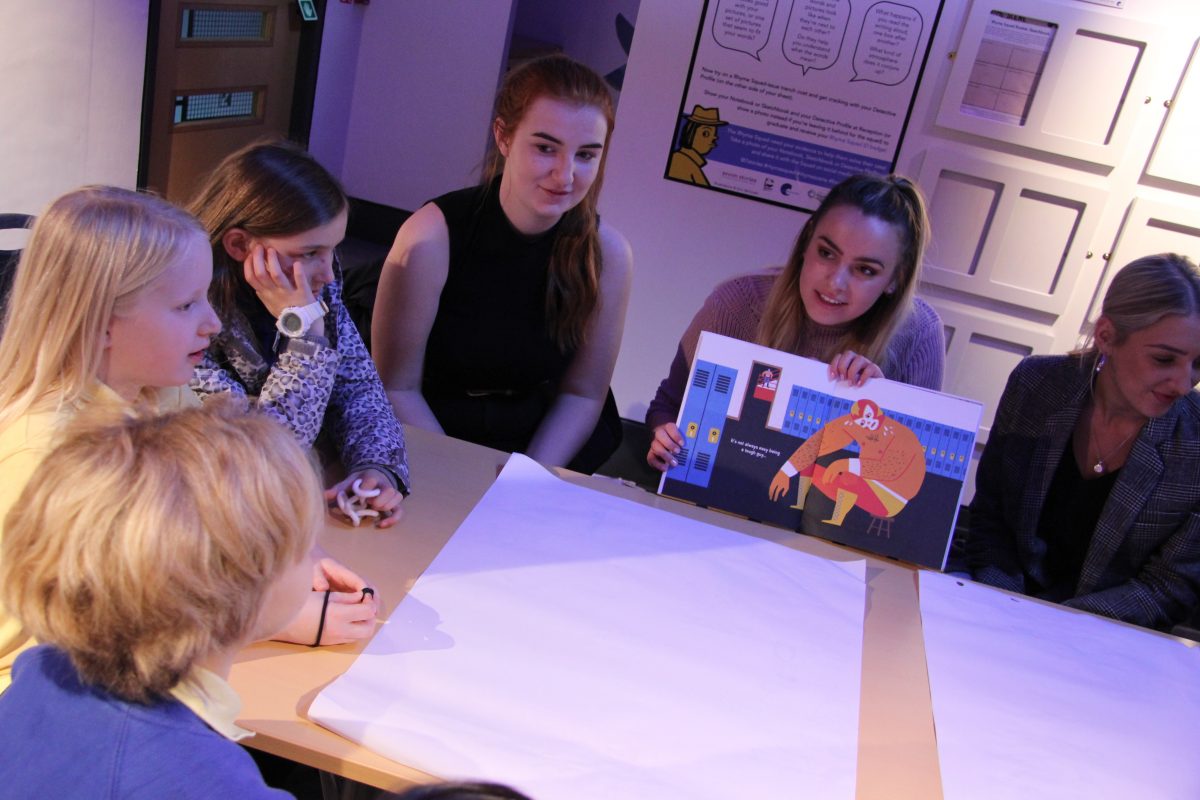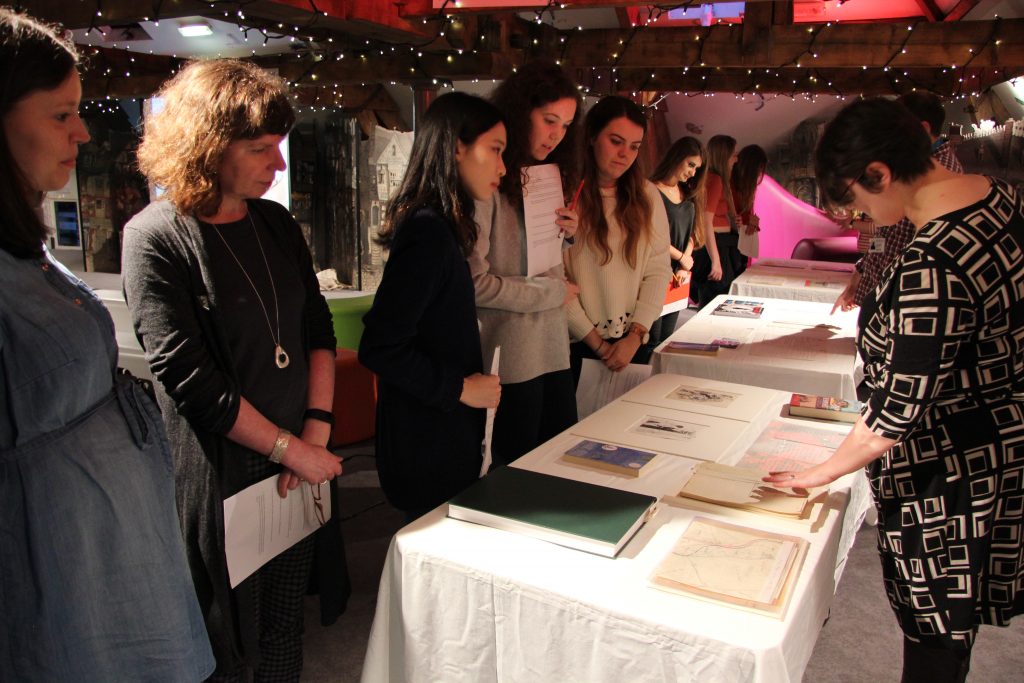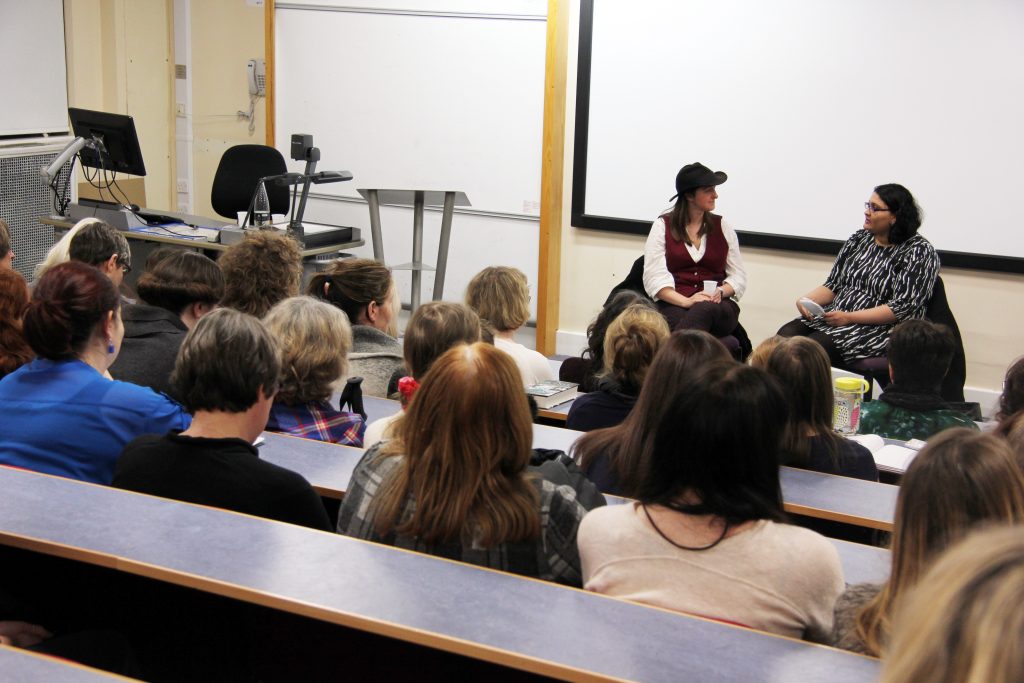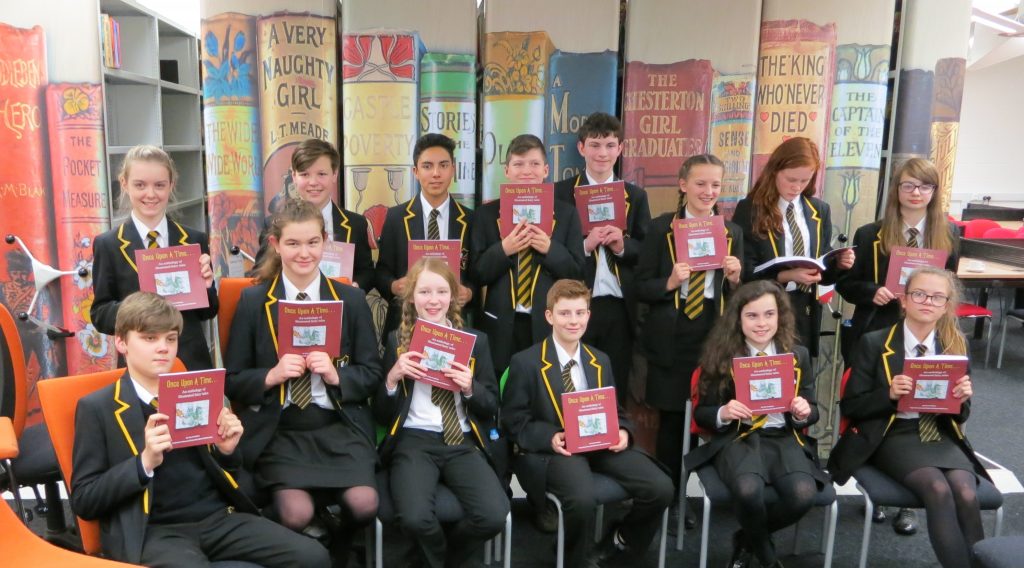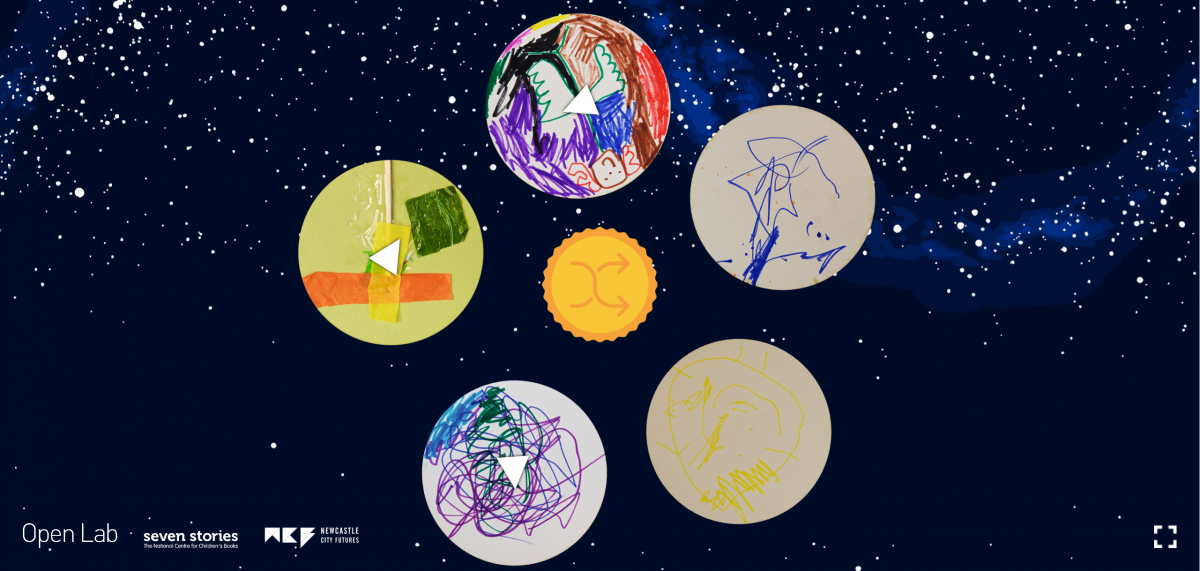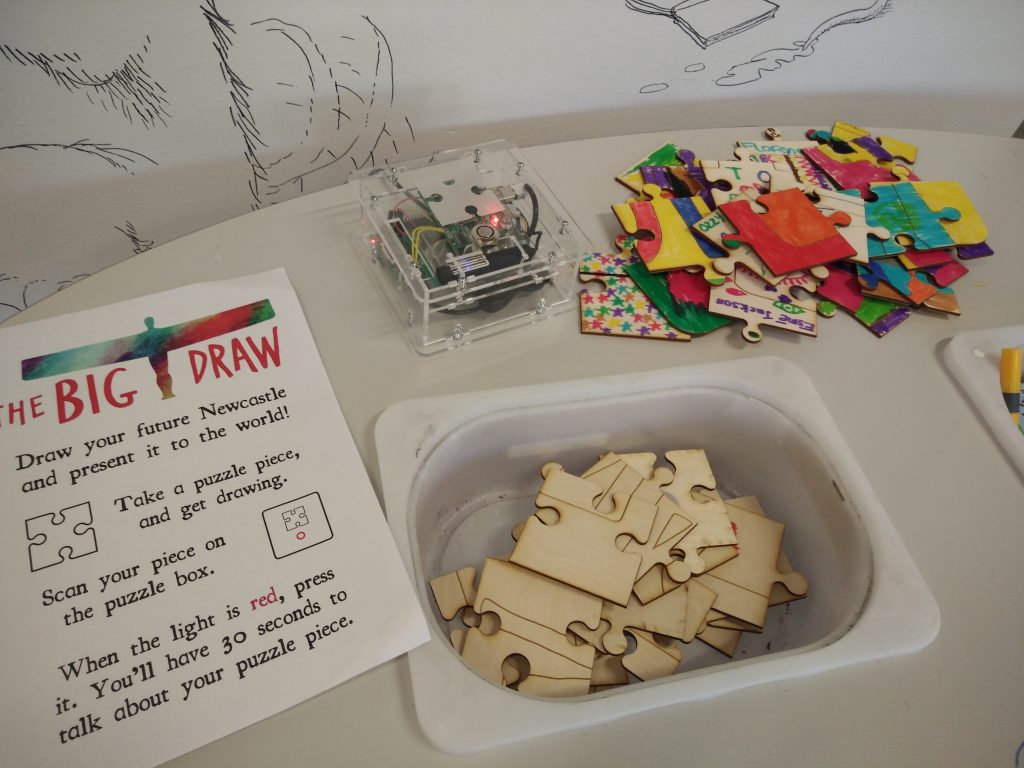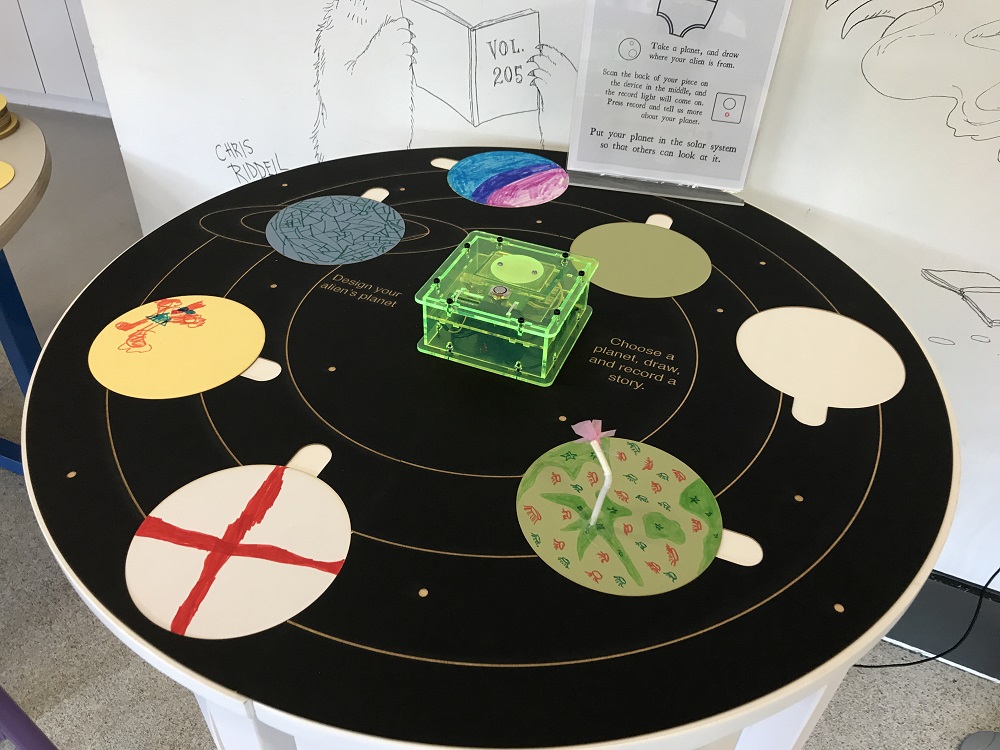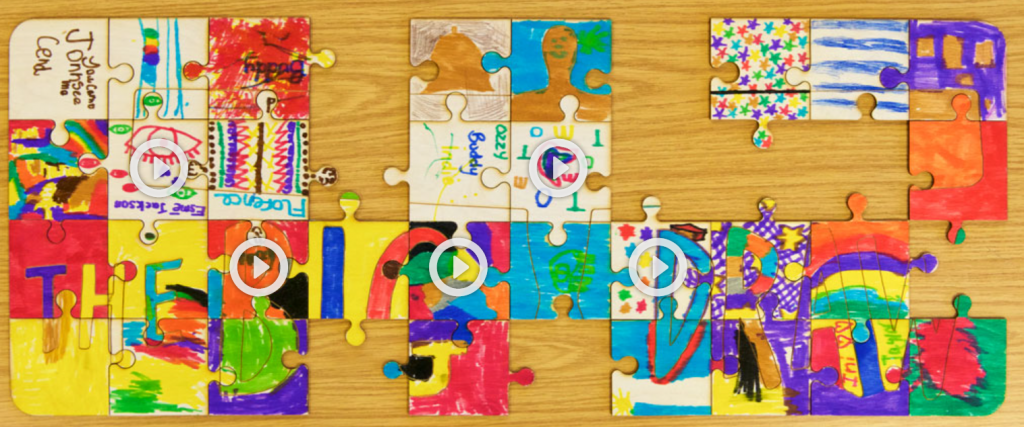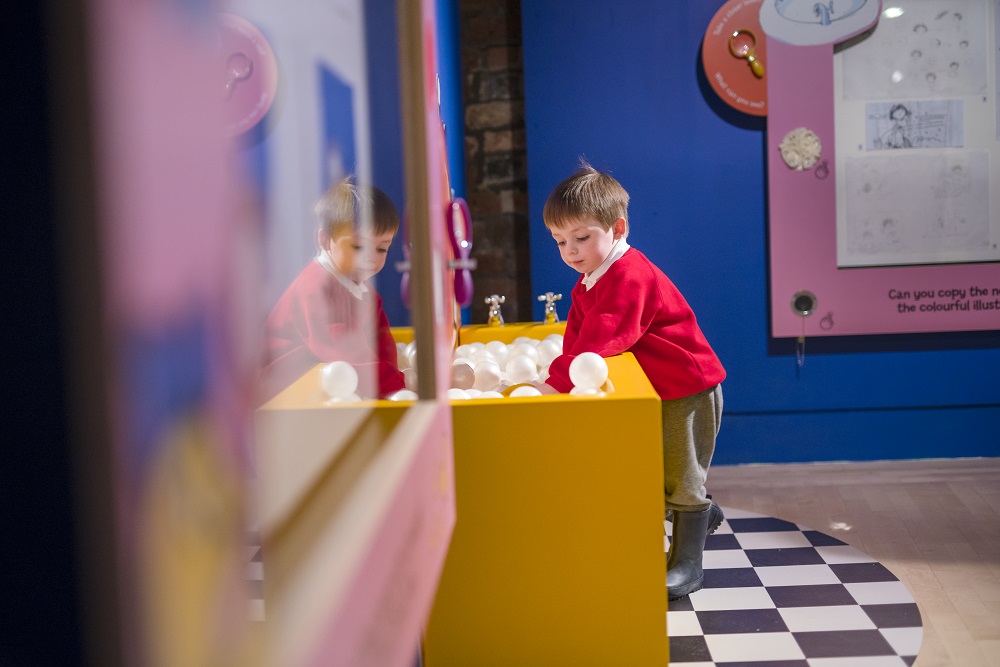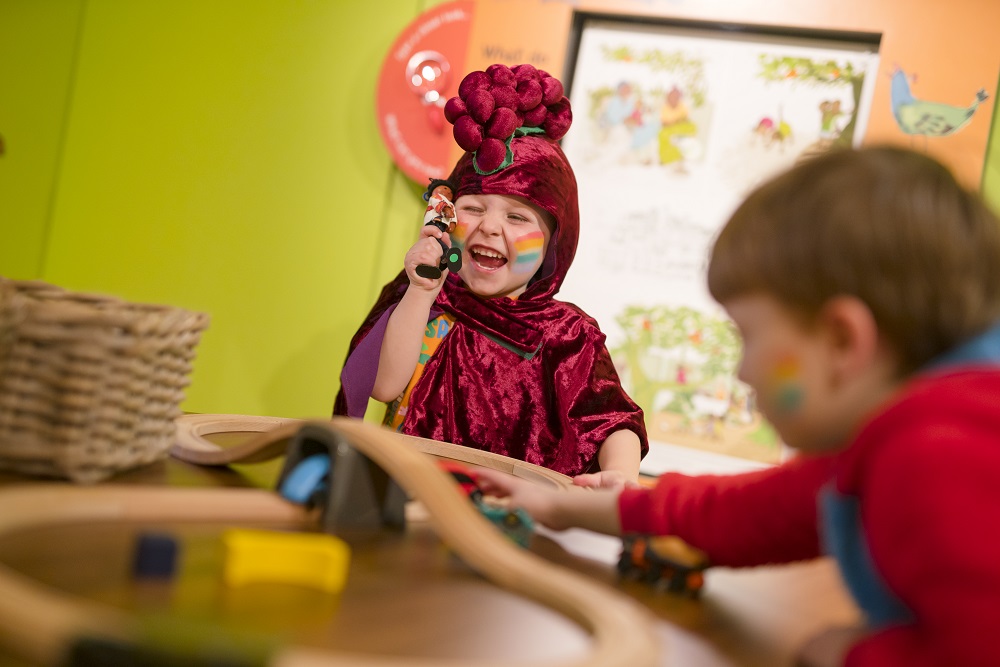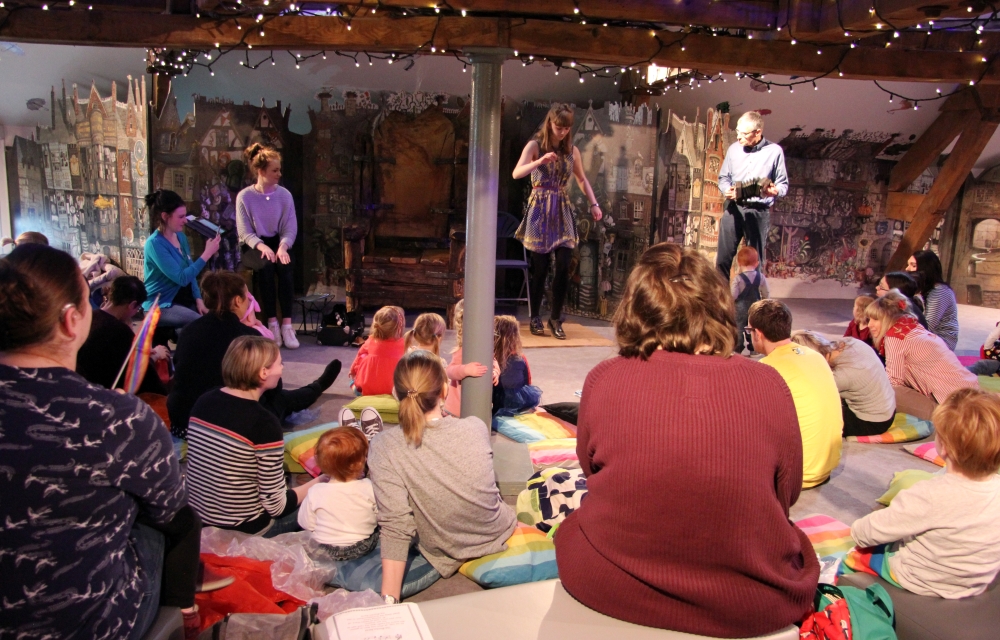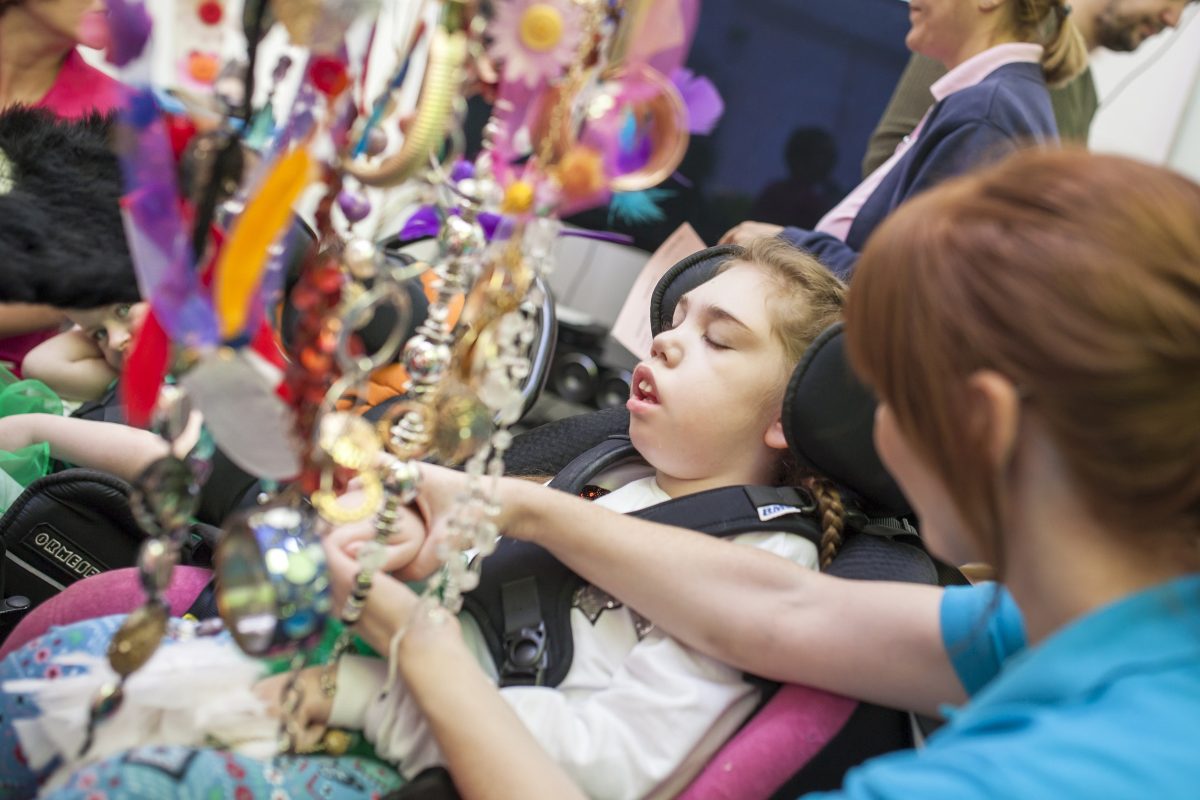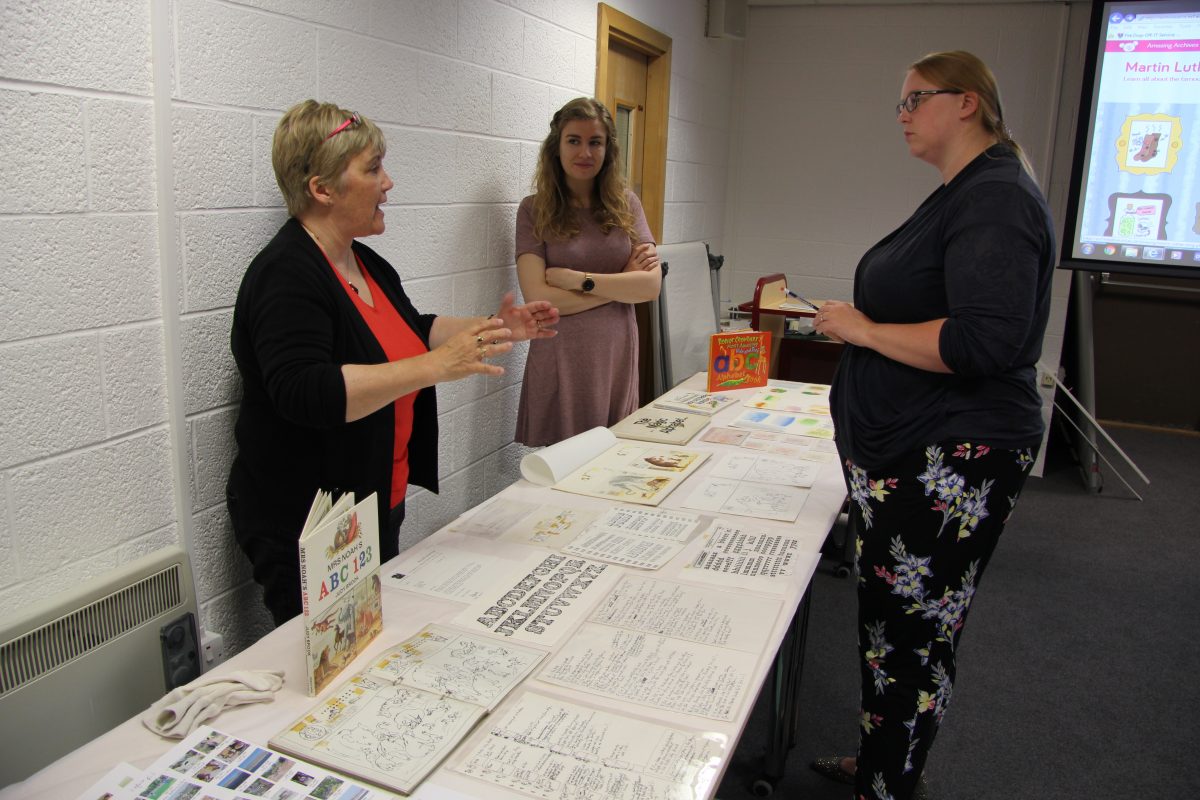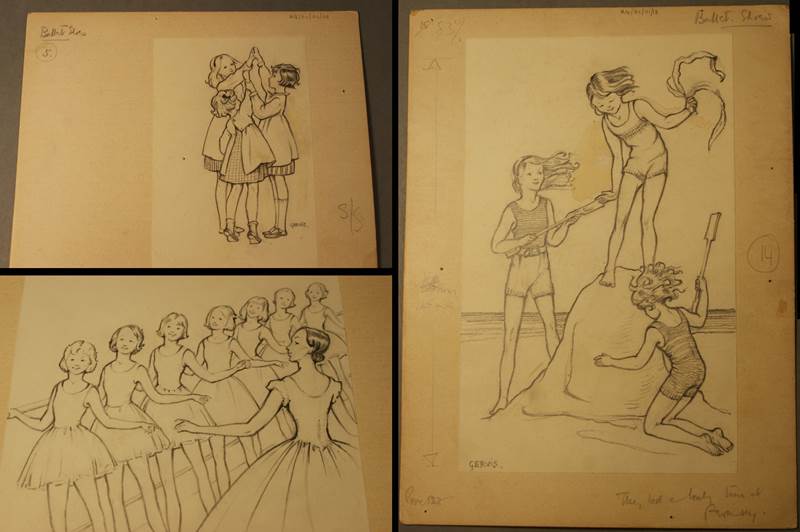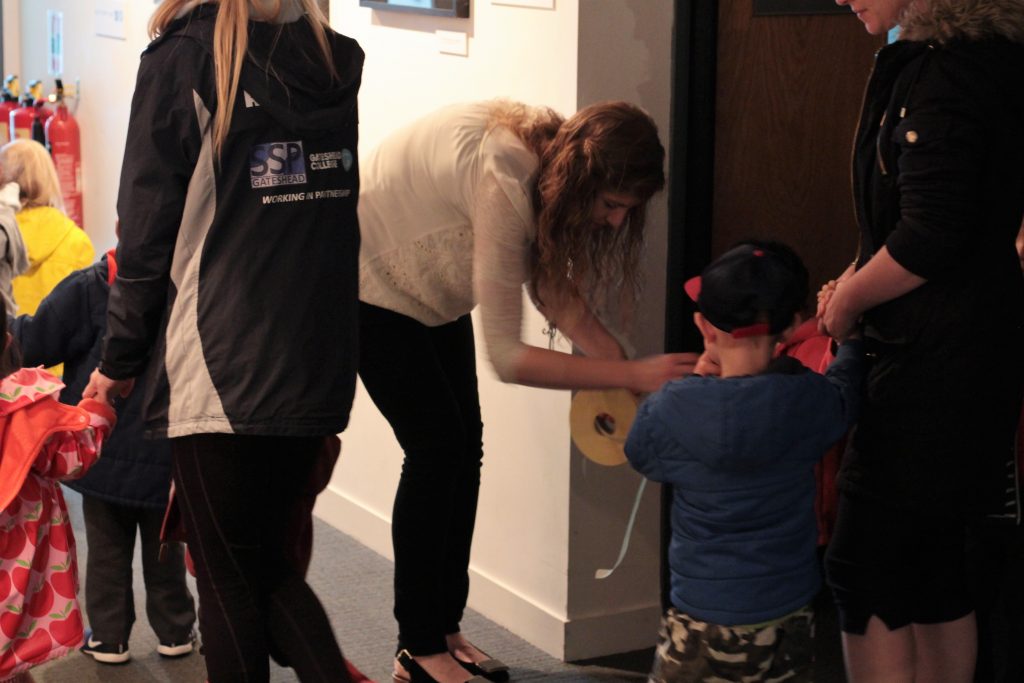It’s the start of the new academic year, and Newcastle University and Seven Stories: The National Centre for Children’s Books have a fantastic line-up of joint events this autumn. Including – next week – a free evening event with none other than the Children’s Laureate, Lauren Child!
What do you think about, when you think about nothing? That’s the question posed by Lauren Child MBE, the UK’s Children’s Laureate, in last year’s BookTrust annual lecture. Seven Stories’ staff and Newcastle University students and academics attended this event – you can read a review by Agnès Guyon on the Children’s Literature in Newcastle blog – and we just had to invite Lauren to Newcastle to share her views about creativity and education with us.
Lauren is an award-winning artist and writer. She’s the creator of much-loved characters including Charlie and Lola, Clarice Bean, Hubert Horatio and Ruby Redfort. And in 2017, she became Children’s Laureate, recognising her innovative work in raising the profile of illustration as an artform, her role in translating books into other media, and her advocacy for visual literacy and creativity.
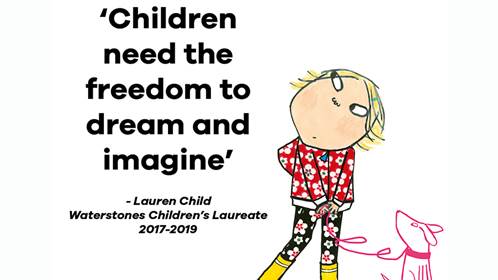
The UK Children’s Laureate role is sponsored by Waterstones and co-ordinated by BookTrust, and recognises ‘an eminent writer or illustrator of children’s books to celebrate outstanding achievement in their field’. It was established in 1999, and recent Laureates have included Chris Riddell, Malorie Blackman and Julia Donaldson. All of the Children’s Laureates champion children’s books and the power of reading.
Through her laureateship Lauren is highlighting the importance of creativity, and she’ll be focussing on this in her talk in Newcastle, Staring into Space with Lauren Child:
“It is now widely recognised that creativity is as important as literacy or numeracy, and that allowing ourselves the time, space and freedom to be creative is essential for good mental health…sometimes we need to stare into space.” Lauren Child

The lecture will take place on Tuesday 23rd October 2018, 5.30 – 6.45pm in the Curtis Auditorium, Herschel Building, Newcastle University. Staring into Space with Lauren Child is part of the free Insights public lecture series at Newcastle University, in partnership with Seven Stories: The National Centre for Children’s Books and BookTrust. Do join us for this fascinating event!
And, Lauren will be doing an exclusive Q&A on the Newcastle University Facebook page before the lecture. If you have any questions for Lauren, please post them in the comments section below!
Full details of this event are available on the Seven Stories website. And do take a look at our other partnership events this October – including Sea Creatures with Newcastle University’s Marine Sciences at Seven Stories (21st October) and Storytelling and Secret Tunnels, part of the Manchester Science Festival (20th October). We hope to see you there!


